Animalia

Common Redpoll
Carduelis flammea


4 POINTS
• Carduelis flammea has a FLIGHT of 2.
During the long Arctic night, redpolls sleep in snow tunnels to preserve body heat.
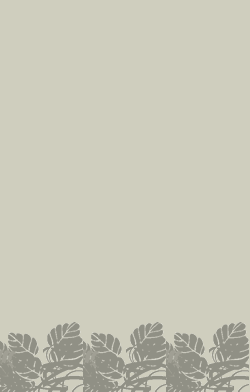
Crab-Eating Raccoon
Procyon cancrivorus

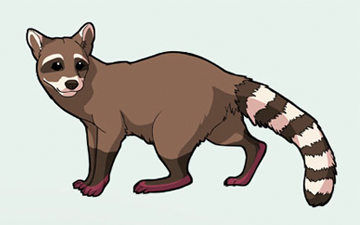
5 POINTS
• Procyon cancrivorus has a MOVE of 2.
• Procyon cancrivorus must be placed next to at least one WATER BASED TERRAIN.

Phillipine Tarsier
Tarsius syrichta

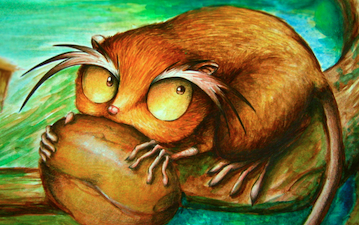
10 POINTS
• Tarsius syrichta has a MOVE of 2.
The eyes of Tarsius syrichta are larger than its brain, and they can rotate their head 180 degrees.

Atlantic ancula
Ancula gibbosa


10 POINTS
• Ancula gibbosa has a MOVE of 1.
Ancula gibbosa is a widely distributed species found all round the British Isles but usually in small numbers.

Steller Sea Lion
Eumetopias jubatus

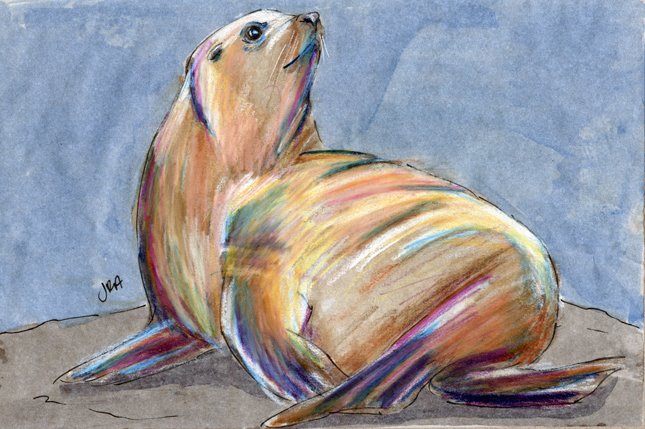
9 POINTS
• Eumetopias jubatus has a MOVE of 2. Tourists often see Eumetopias jubatus “sun bathing” on rocks.

Crowned Doto
Doto coronata

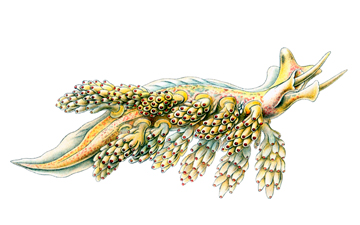
10 POINTS
• Doto coronata has a MOVE of 1. • Doto coronata feeds on SPECIES of hydrozoa class.